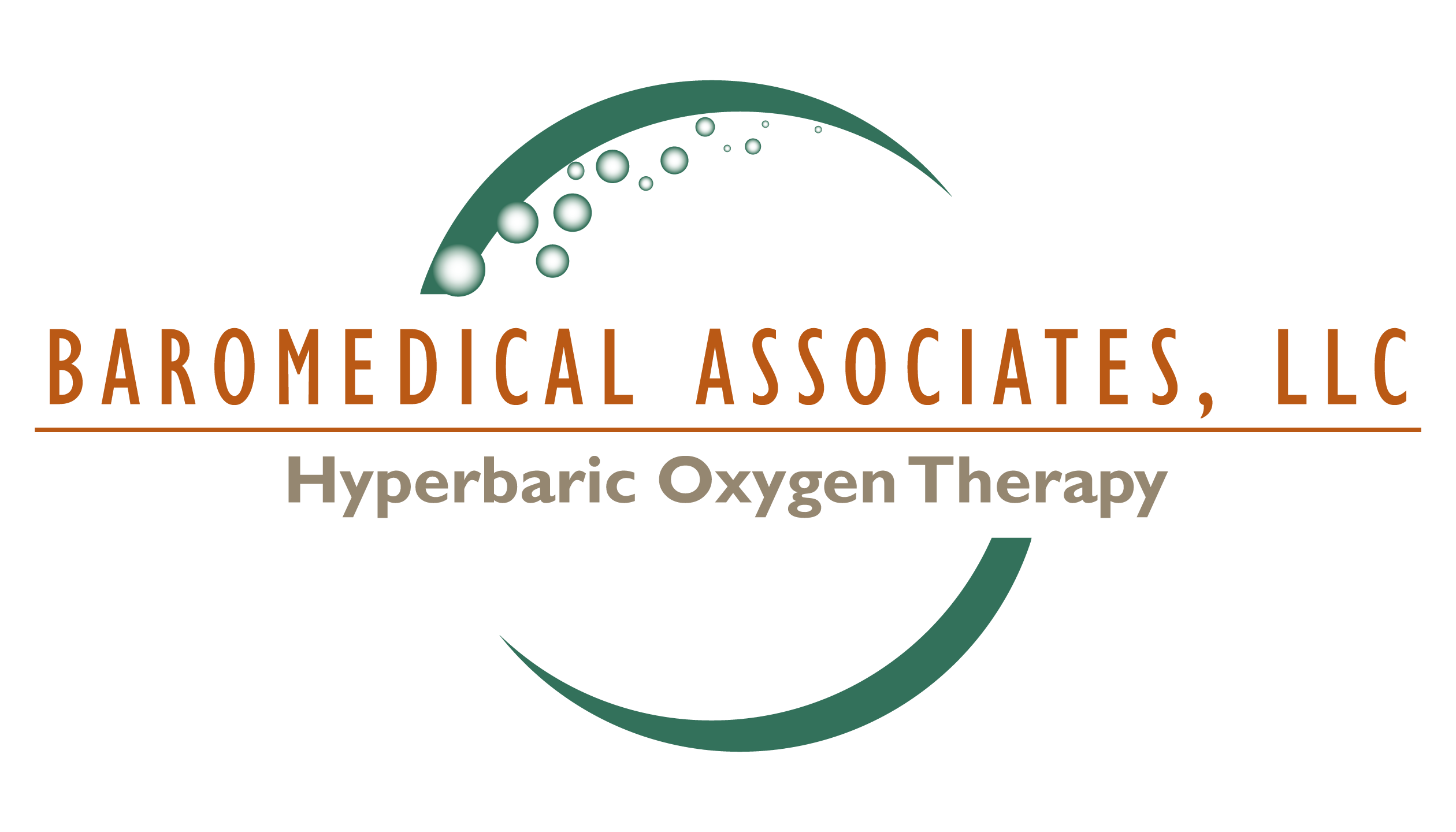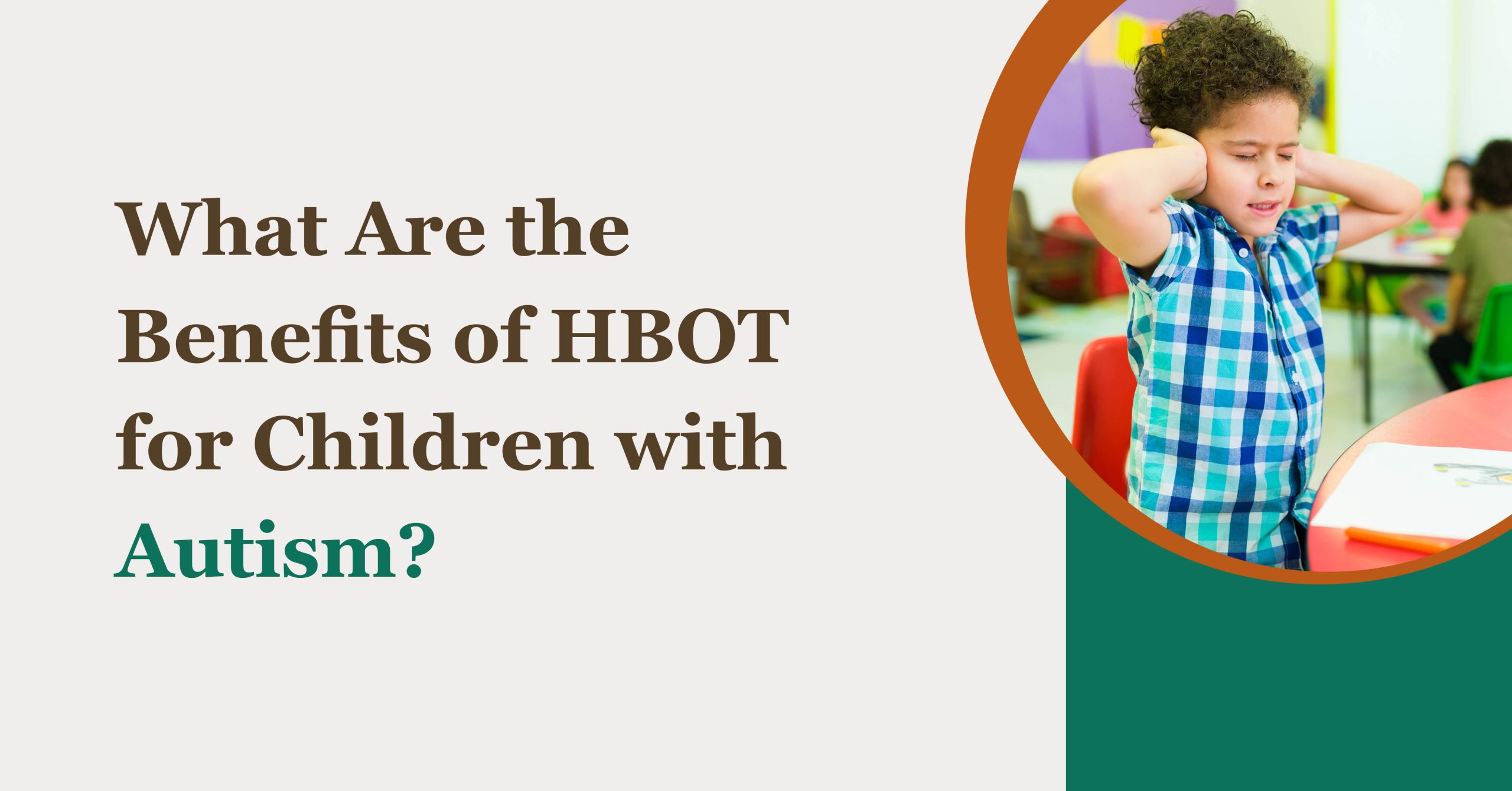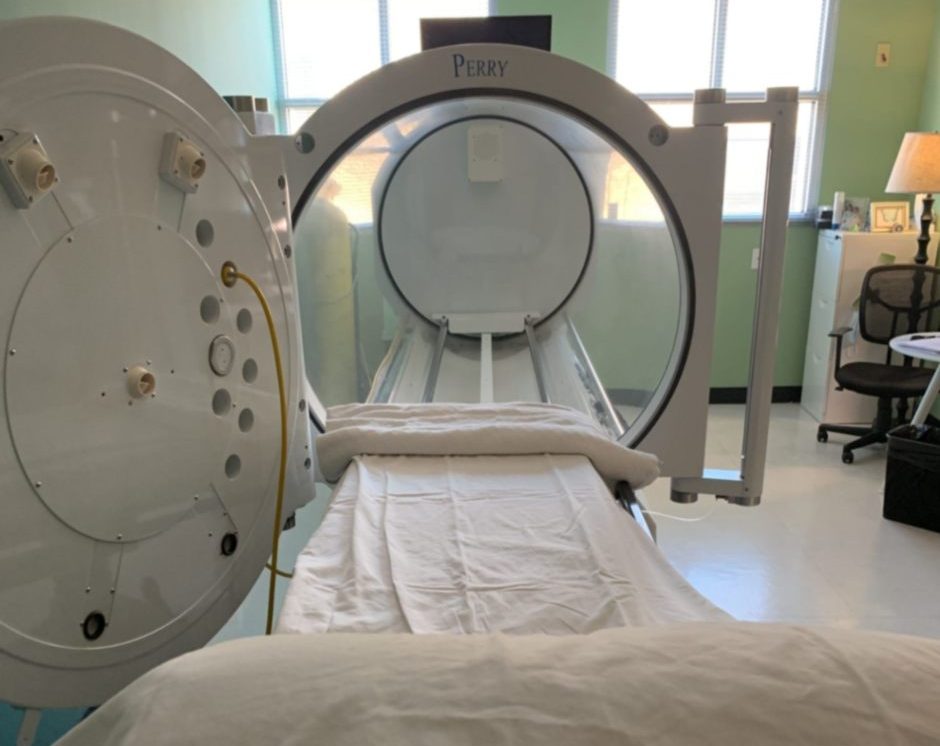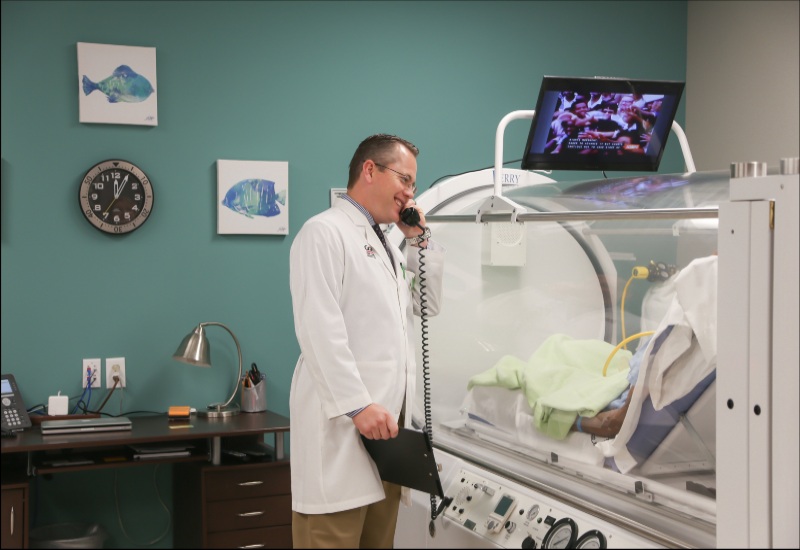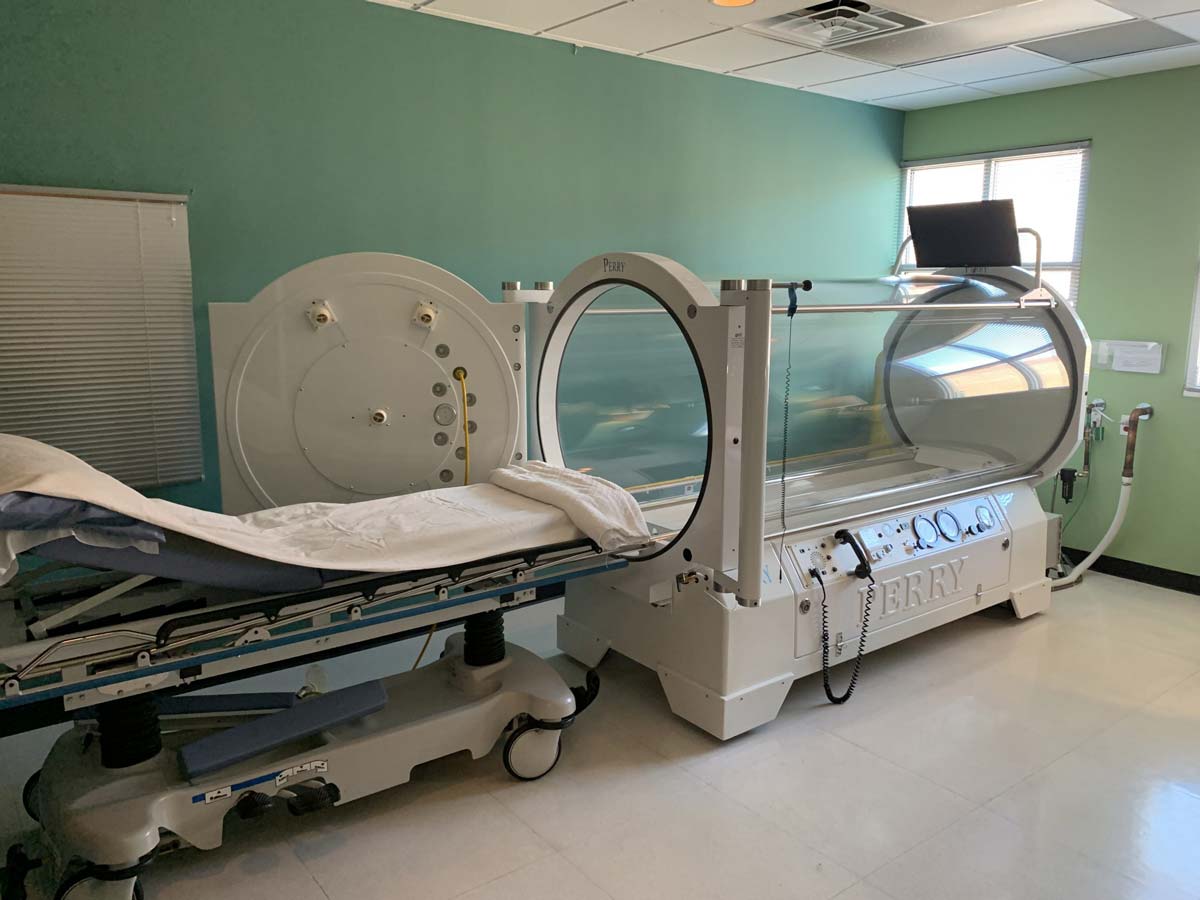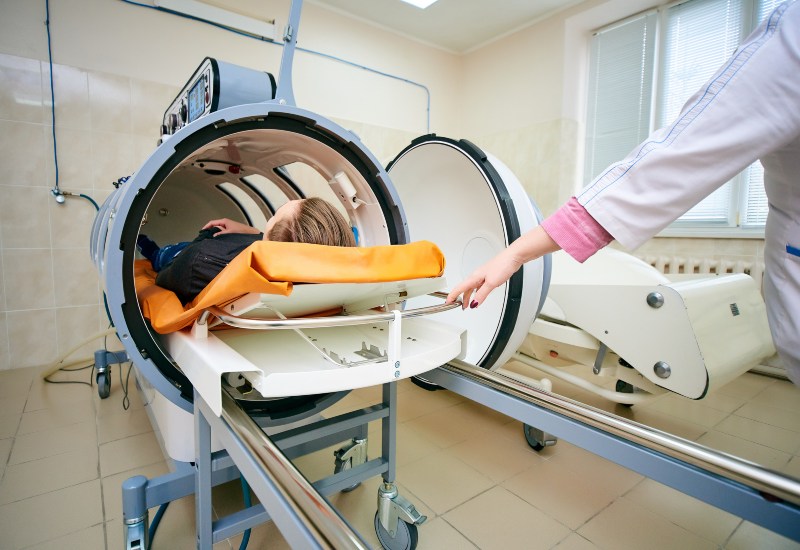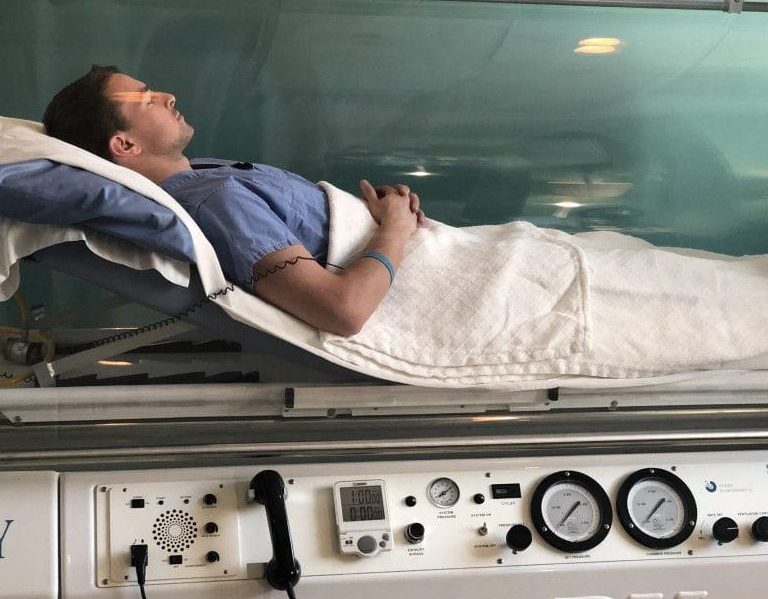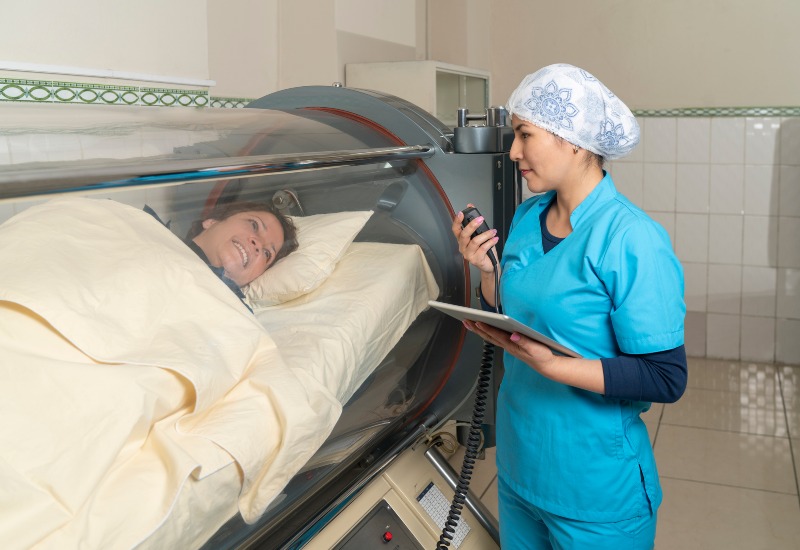Autism spectrum disorder can impact all aspects of life, from communication to social interaction to behavior. Parenting a child with autism often involves exploring numerous therapies to support their growth and development. One option is hyperbaric oxygen therapy (HBOT), a treatment gaining attention for its potential benefits.
How Autism Affects the Brain
Autism is linked to several differences in brain function. Research provides insight into what’s happening beneath the surface:
- Chronic inflammation: A 2014 study examined brain tissue from individuals with autism and found a persistent immune response. Microglial cells responsible for defending the brain remained constantly active, causing ongoing inflammation1.
- Cytokine imbalances: In 2011, researchers noted elevated cytokines (proteins that regulate inflammation) in children with autism. Higher cytokine levels correlated with greater challenges in communication and behavior2.
- Reduced blood flow: Another 2011 study showed reduced blood flow in critical brain regions, such as the frontal lobe and limbic system, in children with autism. These areas are essential for emotion regulation and social interaction3.
- Unstable blood vessels: A 2015 study revealed that blood vessels in autistic brains frequently fluctuate, disrupting normal oxygen delivery and affecting neuroplasticity, or the brain’s ability to adapt and learn4.
- Compensatory blood flow: A 2019 study observed increased blood flow to white matter in the brain. This finding suggests that the brain is trying to compensate, but it’s not enough to restore typical function5.
These discoveries highlight a pattern: inflammation, immune dysregulation, and reduced oxygen delivery all contribute to challenges faced by children with autism. Addressing these issues may offer opportunities for improvement.
Hyperbaric Oxygen Therapy for Autism
Traditional autism treatments—like speech and occupational therapy, behavioral interventions, and medication—focus on managing symptoms. HBOT offers an additional approach by targeting the underlying causes, like inflammation and oxygen deficiency in the brain.
During an oxygen therapy session, the patient breathes pure oxygen in a pressurized chamber. This process allows the blood to absorb more oxygen, improving its delivery to tissues and cells. For children with autism, this could promote cognitive function improvement and support the progress made through behavioral therapy.
Studies Supporting HBOT for Autism
Researchers have studied the potential benefits of HBOT for autism, and the findings are promising. First is a 2009 study involving 62 children aged 2 to 7. After 40 oxygen therapy sessions, the children showed significant improvements in social interaction, receptive language, and eye contact6.
Then, a collection of studies released in 2012 revealed several ways HBOT may benefit children with autism7:
- Improved blood flow to the brain leads to reduced repetitive behaviors and better emotional regulation.
- HBOT reduces markers of inflammation, such as cytokines and C-reactive protein, which are often elevated in autism.
- HBOT helps repair mitochondrial cells by promoting antioxidant production.
- Boosted levels of antioxidants protect brain cells from damage caused by oxidative stress.
- Children receiving HBOT exhibit better memory, language skills, motor coordination, and social interaction.
- Aside from occasional ear discomfort, HBOT has been shown to be a safe option for children.
Choose Baromedical Associates
Baromedical Associates offers hyperbaric oxygen therapy in FDA-approved chambers for maximum safety and comfort. Families trust us for our extensive experience treating children, and patients travel from around the world to access our advanced care. If you’re curious about how HBOT can support your child’s development, contact us or visit one of our four convenient Dallas Metro area locations today.
References:
- Brain inflammation a hallmark of autism, Johns Hopkins analysis shows
- Elevated plasma cytokines in autism spectrum disorders provide evidence of immune dysfunction and are associated with impaired behavioral outcome
- Regional cerebral blood flow in children with autism spectrum disorders: a quantitative ⁹⁹mTc-ECD brain SPECT study with statistical parametric mapping evaluation
- Evidence of Unstable Blood Flow in Autistic Brains
- With autism on the rise, science is on the hunt for answers
- Hyperbaric treatment for children with autism: a multicenter, randomized, double-blind, controlled trial
Hyperbaric oxygen treatment in autism spectrum disorders
